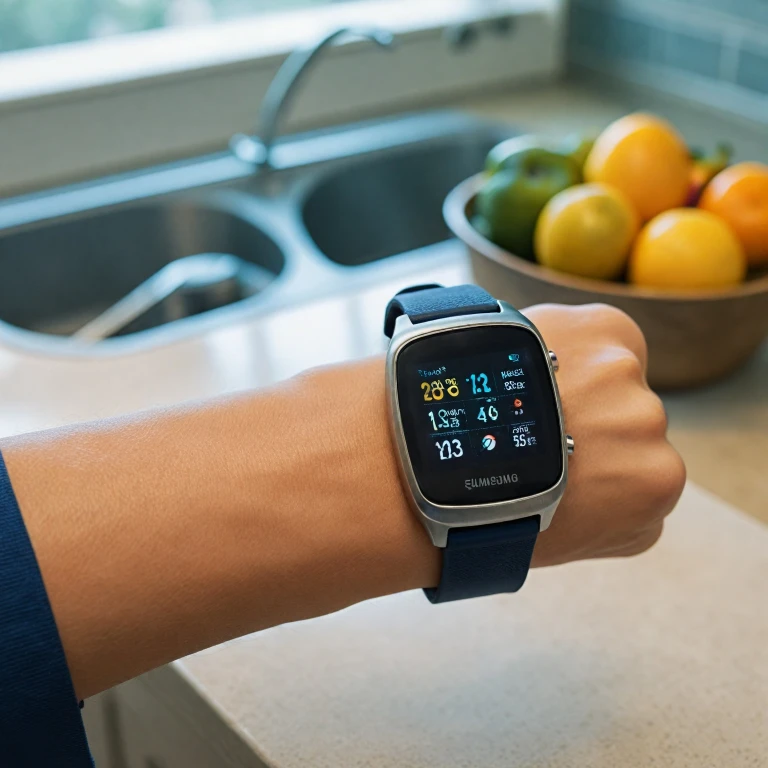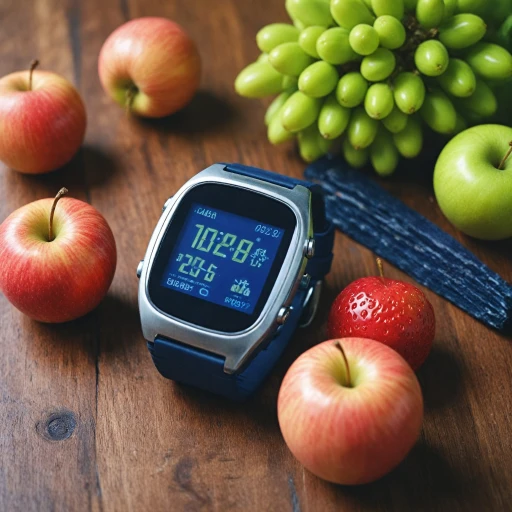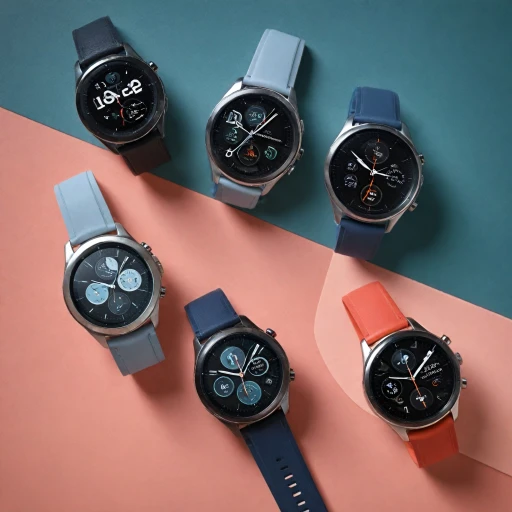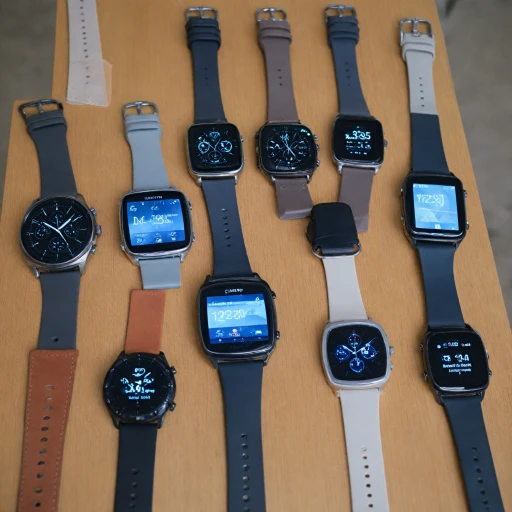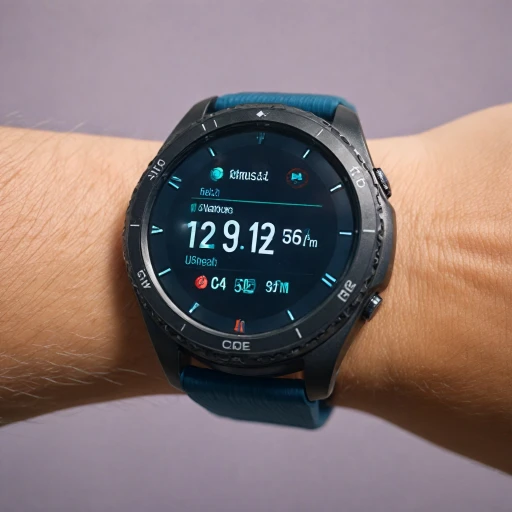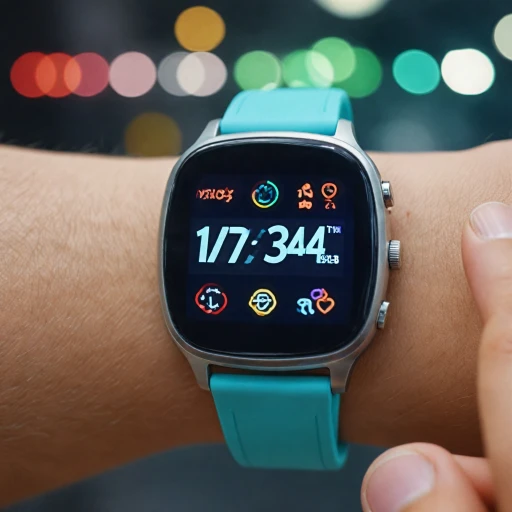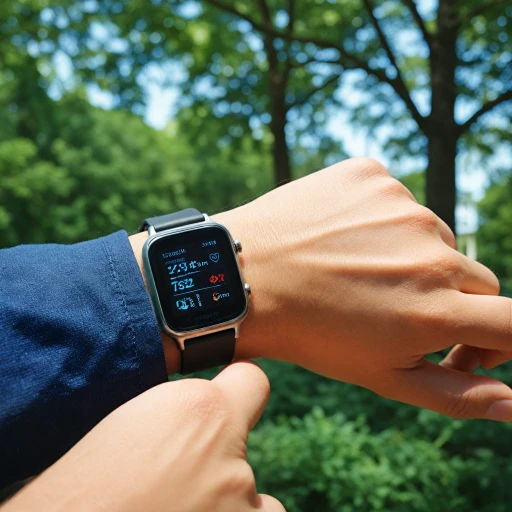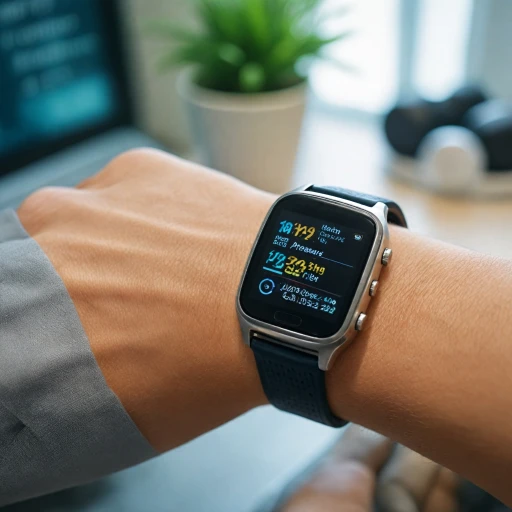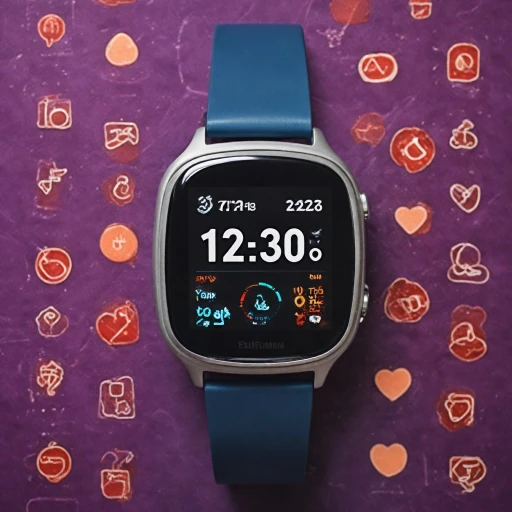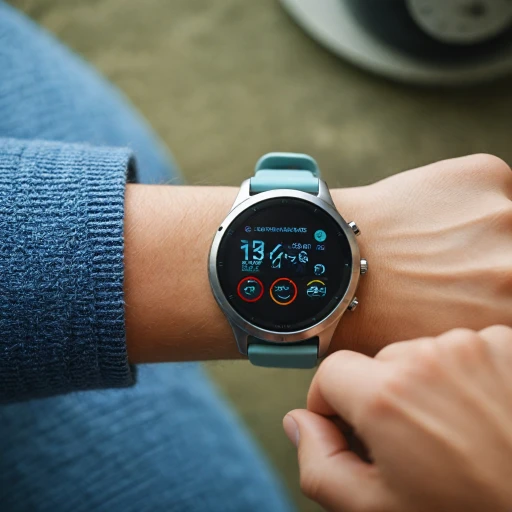Understanding smartwatch capabilities
Delving into the Potential of Health Monitoring via Smartwatches
Smartwatches have evolved significantly, transforming from basic timekeeping devices to comprehensive fitness and health monitors. These wearables are integrated with advanced technology that allows users to keep track of various health parameters seamlessly. Among these capabilities, monitoring blood glucose levels is an emerging feature holding great promise for individuals managing conditions like diabetes. A primary allure of smartwatches is their ability to monitor a range of vital signs. Common features include:- Heart rate tracking
- Sleep monitoring
- Step counting
- Blood oxygen measurement
The technology behind blood sugar monitoring
Unveiling the Mechanics of Blood Sugar Monitoring in Smartwatches
In recent years, the quest to incorporate blood sugar monitoring into smartwatches has gained significant momentum. Understanding the technology behind this feature is crucial for those interested in how these devices can aid in managing diabetes and other health conditions.
At the heart of blood sugar monitoring technology in smartwatches is the concept of non-invasive measurement. Traditional methods of glucose monitoring often involve pricking the skin to obtain a blood sample. In contrast, smartwatches aim to measure blood glucose levels without breaking the skin, using sensors that analyze various physiological signals.
One of the most promising technologies in this field is Continuous Glucose Monitoring (CGM). CGM devices are designed to provide real-time glucose data by measuring glucose levels in interstitial fluid, which is the fluid surrounding the cells in tissues. This data can then be transmitted to a smartwatch, allowing users to monitor their glucose levels continuously.
Another approach involves the use of optical sensors that emit light into the skin and measure the reflected light to determine glucose levels. This method, although still in development, holds potential for integration into smartwatches, offering a non-invasive alternative to traditional glucose monitoring.
Smartwatches equipped with blood sugar monitoring capabilities also leverage algorithms to interpret the data collected by sensors. These algorithms are designed to filter out noise and provide accurate readings, which are crucial for users who rely on these devices to manage their health.
While the technology is promising, it's important to note that current smartwatches with these features are still in the early stages of development. The accuracy and reliability of the readings are subject to ongoing research and testing. This section sets the stage for exploring the current offerings in the market, as well as the challenges and future prospects of blood sugar monitoring in smartwatches.
Current smartwatches with blood sugar monitoring features
Discover Current Smartwatches with Blood Glucose Monitoring Features
The world of wearable technology is consistently evolving, and several smartwatches now offer advanced health-monitoring capabilities, including the monitoring of blood glucose levels. While not all devices include this feature, a handful of pioneering smartwatches are stepping up to meet the needs of users looking for continuous glucose monitoring (CGM). These innovative smart watches make it possible to keep track of glucose data in near real time. Leveraging sensors, such as those used in fitness trackers and sleep monitoring devices, these smartwatches can offer insights beyond mere heart rate and blood pressure metrics. They provide a vital tool for those managing diabetes or anyone serious about maintaining balanced blood sugar levels.- Galaxy Watch Series: Among the notable entries in this segment is the Galaxy Watch series, which is compatible with various health apps and can potentially integrate glucose-monitoring features through updates or with added devices. While the primary focus remains on features like fitness and heart rate monitoring, potential integrations with CGM systems are on the horizon.
- Smart Rings: An emerging trend in wearable tech is smart rings that offer glucose monitoring. Although primarily focusing on sleep and fitness data, these devices expand their functionality rapidly, providing users with more comprehensive health data, including blood glucose levels.
- Continuous Innovations: Companies are continually innovating to produce wearables that can accurately measure blood sugar levels without invasive procedures. While some devices provide a complete suite of features at a higher price, they may offer more reliable data, essential for those who depend on precise health metrics.
Challenges in developing blood sugar monitoring smartwatches
Technical and Biological Barriers
Developing smartwatches capable of monitoring blood sugar levels in real time presents several challenges. One of the main hurdles is the non-invasive nature required for such devices. Traditional glucose monitoring involves drawing blood, but smartwatches aim to measure glucose levels through the skin, which is a complex task. The skin acts as a barrier, making it difficult for sensors to accurately capture glucose data without direct blood contact.
Accuracy and Reliability Concerns
Another significant challenge is ensuring the accuracy and reliability of the data collected by these devices. Continuous glucose monitoring (CGM) systems in smartwatches need to provide precise readings to be useful for people with diabetes. Any discrepancies in glucose data can lead to incorrect health decisions, which is why the technology must meet high standards of accuracy.
Integration with Other Health Metrics
Smartwatches often come equipped with a range of health monitoring features, such as heart rate, blood pressure, and sleep tracking. Integrating glucose monitoring with these existing features without compromising the performance of the device is a complex task. The challenge lies in ensuring that all these functionalities work seamlessly together, providing a comprehensive health overview without overwhelming the user with data.
Regulatory and Market Challenges
The regulatory landscape for medical devices is another barrier. Smartwatches with glucose monitoring capabilities must adhere to stringent regulations to ensure safety and efficacy. Additionally, the price of developing such advanced technology can be high, potentially affecting the regular price of these devices. Manufacturers need to balance innovation with affordability to make these smartwatches accessible to a broader audience.
As technology advances, overcoming these challenges will be crucial for the future of glucose monitoring in smartwatches. This will require collaboration between tech companies, healthcare professionals, and regulatory bodies to ensure that these devices are both effective and user-friendly.
Comparing smartwatch blood sugar monitoring to traditional methods
Evaluating Smartwatch Blood Sugar Monitoring and Traditional Methods
When it comes to monitoring blood sugar levels, continuous glucose monitoring (CGM) devices have long been a reliable tool for patients with diabetes. Conventional CGM systems are embedded directly into the skin to deliver real-time glucose data continuously, which offers a detailed overview of fluctuations in blood sugar levels throughout the day. These devices alert users to high or low glucose episodes and are indispensable in managing diabetes effectively. In contrast, the emergence of smartwatches and other wearable devices aims to bring a non-invasive approach to glucose monitoring. This type of monitoring is integrated either through a fitness tracker, smart watch, or even smart rings. The potential benefits include easier accessibility and the integration of multiple health metrics, such as heart rate, sleep, and blood pressure monitoring. However, there are significant differences between current smartwatch monitoring capabilities and traditional CGM devices:- Data Accuracy: Traditional CGM devices are highly accurate as they measure glucose in interstitial fluid. Smartwatches face the challenge of obtaining accurate blood sugar levels without directly accessing the bloodstream.
- Non-Invasive Technology: One of the primary draws of smartwatches is the non-invasive nature of measurements, attempting to monitor glucose levels without breaking the skin. While this is an attractive alternative for many, the technology is still in its nascent stages when compared to the established reliability of CGMs.
- Integration with Other Health Metrics: Smartwatches provide an additional advantage by combining multiple health data points, potentially offering a more holistic view of an individual's health, including glucose, blood pressure, heart rate, and sleep patterns.
- Cost and Accessibility: While the price of smartwatches can vary widely, including some models that reach a higher price USD due to advanced features, they often remain more accessible than traditional CGM systems. However, the regular price of effective devices that accurately monitor blood glucose akin to a CGM tends to match premium CGM systems.
Future prospects of blood sugar monitoring in smartwatches
The Road Ahead for Smartwatch Glucose Monitoring
As the technology behind smartwatches continues to evolve, the future of blood sugar monitoring in these devices looks promising. Manufacturers are investing heavily in research and development to make glucose monitoring more accurate and accessible. This is particularly important for individuals with diabetes who rely on continuous glucose monitoring (CGM) to manage their health effectively.
Several key trends are shaping the future of glucose monitoring in smartwatches:
- Improved Sensor Technology: Advances in sensor technology are enabling more accurate and non-invasive glucose level measurements. This could potentially reduce the need for traditional finger-prick tests.
- Integration with Other Health Metrics: Future smartwatches may offer comprehensive health monitoring by combining glucose data with other metrics such as heart rate, blood pressure, and sleep patterns. This holistic approach can provide users with a more complete picture of their health.
- Data Accessibility and Analysis: Enhanced data analytics will allow users to track glucose trends over time, offering insights that can help in managing diet and lifestyle choices. Real-time data analysis could also alert users to potential health risks.
- Affordability and Accessibility: As technology advances, the price of these devices is expected to decrease, making them more accessible to a broader audience. This could have a significant impact on public health, especially in managing diabetes.
While challenges remain, such as ensuring compatibility with existing medical devices and meeting regulatory standards, the potential benefits of smartwatches in glucose monitoring are substantial. As these devices become more sophisticated, they are likely to play an increasingly important role in personal health management.
